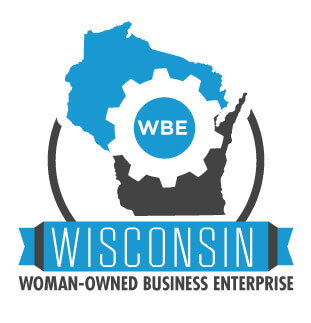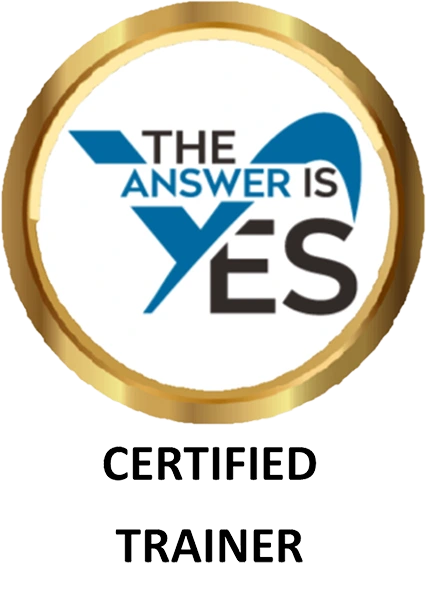“How we remember, what we remember, and why we remember form the most personal map of our individuality.” Christina Baldwin
Back in July 2014, I was intrigued by an article titled: “An Innovative Use of Mind Mapping in Education,” posted by Jana Jan, who is the co-founder of Edynco. Learning maps
Jan defines a learning map as a version of a mind map that can be used by curriculum designers to create interactive online learning content. I have not used a mind map, or learning map, to create classroom curriculum, but there is no reason why it can’t be done that way. As a matter of fact, wonderful curriculum designers, such as Dave Meier, the Director of the Center for Accelerated Learning, have used mind maps to identify the basic steps in lesson design for years. Center for Accelerated Learning
In a mind map, you have a central theme with related ideas radiating outward. According to Jan, in a learning map, you have one learning objective in the center, with learning activities that can help the learner accomplish the learning objective radiating outward.
Jan says that, when structuring a topic, the curriculum designer should consider: “what is a specific learning objective, why should the [learner] know something, what does he have to do to accomplish the single learning objective.”
I’m particularly pleased that she includes the importance of why the learning objective is important, since obtaining learner buy in is critical if we want the learner to not only learn but also apply what has been learned.
If we were making a mind map of how to design a lesson plan, we would surround that central objective with the different steps involved in lesson plan design, each of which would have their own node: determine the learning needs, identify the learning goals, design the learning objectives, create the agenda, select the learning activities, and evaluate the learning.
Each of these nodes would have sub nodes that identified the sub steps involved. For example, for design the learning objectives, there would be three sub steps: identify the key content, determine the learning level, and add an active verb.
Each of these sub steps would have additional nodes with sub-sub steps. For example, identify the key content would have two nodes: the skill-building key content template and the attitude-building key content template. And so on.
Of course, great mind maps use icons, pictures, colors and different shapes to make them attractive and engaging. Even so, each step in the learning design process would probably need its own mind map page to include all of the related nodes and sub nodes. The resulting mind map would be many many pages long!
A learning map takes a more simplified and refocused approach. It would have the objective: describe how to design a lesson plan in the central node. Radiating out from there would be different learning activities that would teach the learner how to design a lesson plan.
For example: read a document that outlines the lesson design steps, watch a video of a curriculum designer talking through lesson plan design, review an example of a well-designed lesson plan, review an example of a poorly-designed lesson plan, and complete a lesson plan design worksheet.
In an eLearning program, the learners would see the learning map, decide for themselves which learning activities would be most useful, then follow through by clicking on that activity. There would also be short summaries and supporting materials, as well as nodes with quizzes or additional resources.
For classroom curriculum design, the designer could meld the mind map with the learning map to identify the variety of possible learning activities to use at each step of the process and then select the best one(s).
Or perhaps there is another, more effective way to use a learning map in classroom curriculum design. If so, please let me know!
There is one use of a learning map that Jan identifies that I think would be a great idea for classroom training: to have learners create their own learning maps as a technique for them “to review what they have learned and build long-term memory.”
May your learning be sweet.
Deborah





